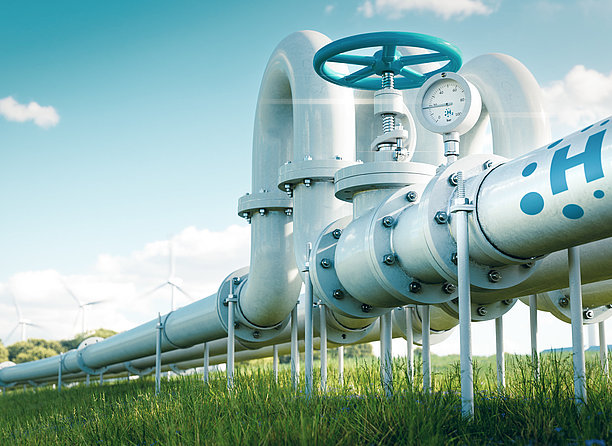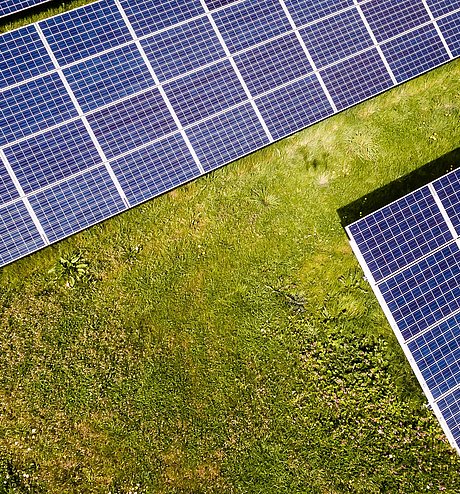Self-Assembling Oxide Catalyst - For Electrochemical Water Splitting
Ref.-No. F-0200
Keywords: Electrocatalysis, OER, electrochemical water splitting, hydrogen technology
H2-technology is considered as one of the most promising “green energy” solutions. There are several different ways for H2 production, but the electrochemical water splitting is surely the most promising one. The electrochemical water splitting is proceeded via electrolysis where at the cathode H2 is formed and simultaneously at the anode O2. Both reactions are coupled through the electroneutrality conditions and thus, the slower reaction determines the overall reaction rate. In water electrolysis, the oxygen evolution reaction (OER) at the anode is the limiting factor.
The current production limitation is the still too high production costs. They can be minimized by introducing more effective catalytic materials. The catalysts for the H2 reaction are well established and their optimization is not expected to improve sufficiently the financial reliability, however, improving the OER is the key for low cost hydrogen production.
Current catalysts for OER are metal based, where in the industry prefer to replace the expensive noble metal-based catalysts. Mostly Ni-Fe alloys are used or stainless steel with higher Ni/Fe content.
In the past decade, perovskite catalysts become again a highly attractive alternative due to its low costs and high (electro)catalytic activity.
Problem:
1. Metal catalysts passivate with time and are less effective or too expensive (noble metals).
2. The suggested perovskite catalysts work very well at lab conditions (room temperature and diluted KOH solution). However, they are highly unstable* at industrial relevant conditions (80 °C and about 5-7M KOH). For this reason, despite intensive work on their optimization in the last 15 years, there is no product the market.
*. Chemical and structural instabilities that lead to complete dissolution (loss of material)
Solution:
By materials design (doping) we have created an electrocatalytic material that, despite loss of crystallinity, preserves its excellent catalytic properties which remain chemically stable at industry relevant conditions. This stability is comparable to catalysts widely used in industry nowadays.
Competitive Advantages
- Low cost
- High catalytic activity
- Stable at industry relevant conditions
Commercial Opportunities
Catalyzing the oxygen evolution reaction (OER) to increase the production rate of H2, achieved by alkaline water electrolysis, resulting in reduced production costs.
Current Status
WO 2018/178135 A1 (internal reference no. PT 1.2779G): applied for on 29.03.2017 (DE priority date); published on 04.10.2018; granted for Germany and US. The patent application has been submitted for EP (Germany, France, UK, Norway, Denmark, Spain, Netherlands, Sweden) and PCT (US, EP, Japan, China).
Technology Readiness Level
1
2
3
4
5
6
7
8
9
Technology validated in lab
—
An invention of Forschungszentrum Jülich GmbH.



